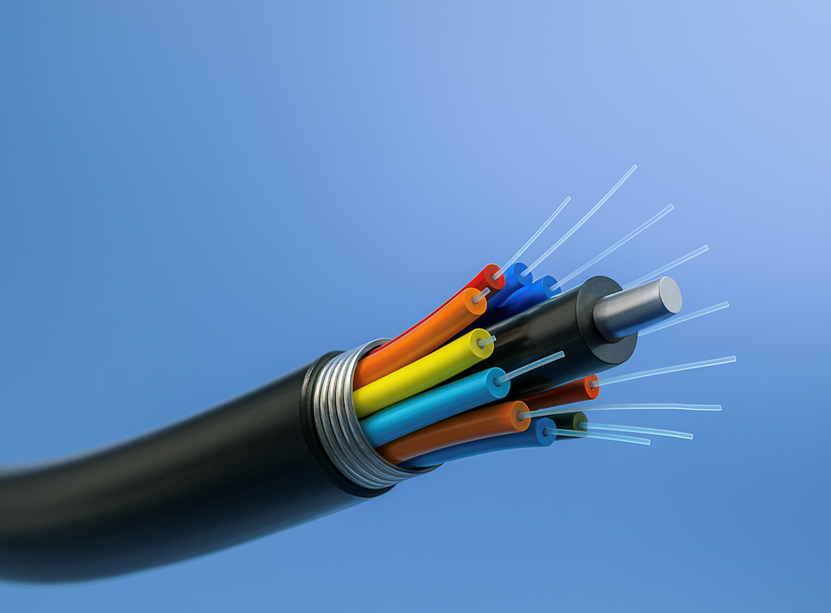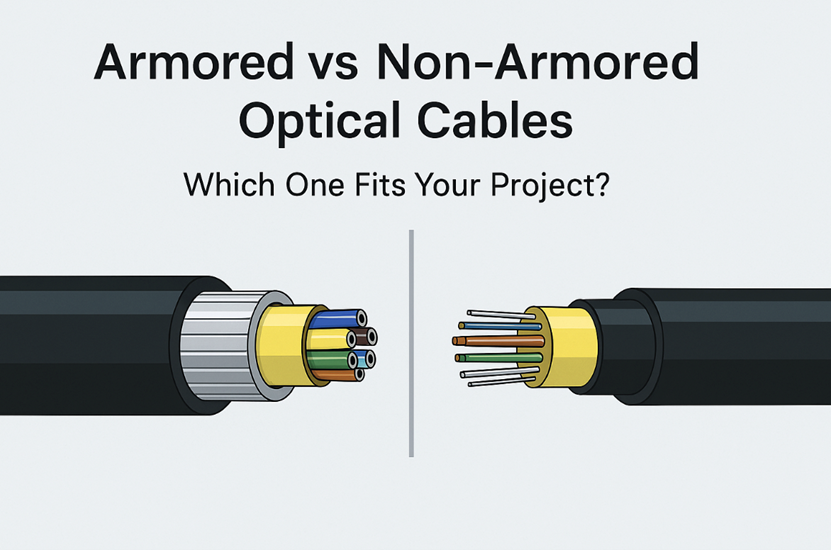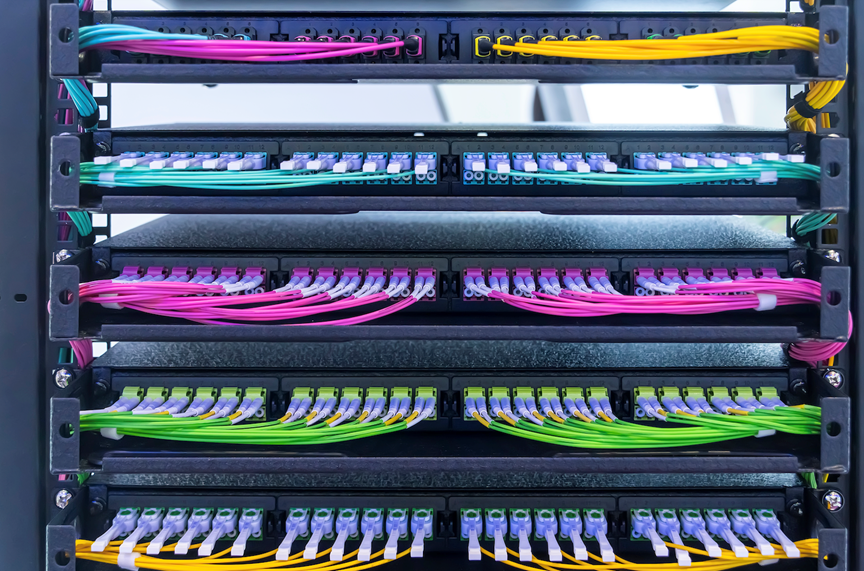In the digital age, data centers stand as the backbone of modern technological infrastructure. They are the nerve centers of the internet, facilitating the storage, processing, and dissemination of vast amounts of data that underpin our daily lives, from social interactions to financial transactions. Yet, behind the sleek exteriors and blinking lights lie complex systems and intricate architectures that constitute the heart of data center infrastructure. This article delves into the depths of data center infrastructure, exploring its components, functionalities, challenges, and future prospects.

Evolution of Data Center Infrastructure
- Early Beginnings
Data centers trace their origins back to the mid-20th century when businesses and organizations began to recognize the need for centralized computing facilities to manage their growing data processing requirements. Early data centers consisted of mainframe computers housed in large rooms equipped with cooling systems and power supplies to maintain optimal operating conditions.
- From Mainframes to Cloud
The advent of microprocessors and advancements in networking technologies paved the way for the proliferation of smaller, more powerful servers, leading to the decentralization of computing resources. This trend accelerated with the emergence of cloud computing, which enabled organizations to outsource their IT infrastructure to third-party providers, shifting the paradigm from ownership to service-based models.

Components of Data Center Infrastructure
- Hardware Components
- Servers: The workhorses of data centers, servers are responsible for processing and storing data. They come in various form factors, including rack-mounted, blade, and tower servers, each tailored to different performance and scalability requirements.
- Networking Equipment: Routers, switches, and firewalls form the backbone of data center networks, facilitating communication between servers and enabling data transmission within and across data centers.
- Storage Systems: Data centers utilize storage arrays, SANs (Storage Area Networks), and NAS (Network Attached Storage) devices to store vast amounts of data efficiently and securely, ensuring accessibility and redundancy.
- Software Components
- Virtualization Software: Hypervisors such as VMware ESXi and Microsoft Hyper-V enable the creation and management of virtual machines (VMs), allowing for resource optimization and flexible workload deployment.
- Operating Systems: Data center servers run operating systems like Linux, Windows Server, and Unix variants, providing the foundational software environment for running applications and services.
- Management and Automation Tools: Data center management platforms, including monitoring, orchestration, and configuration management tools, streamline administrative tasks and ensure efficient resource utilization.

Functionality of Data Center Infrastructure
- Compute
Data centers host a diverse range of workloads, from web applications and databases to artificial intelligence and machine learning algorithms. The compute functionality encompasses the processing power and resources required to execute these workloads efficiently, often through parallel processing and distributed computing techniques.
- Storage
Storage is a critical aspect of data center infrastructure, encompassing both primary and secondary storage solutions. Primary storage systems provide fast, low-latency access to frequently accessed data, while secondary storage solutions offer scalable and cost-effective long-term retention of archival data.
- Networking
Networking forms the backbone of data center infrastructure, enabling seamless communication and data transfer between servers, storage systems, and external networks. High-speed interconnects such as Ethernet and InfiniBand facilitate low-latency, high-bandwidth communication, essential for demanding workloads and real-time applications.
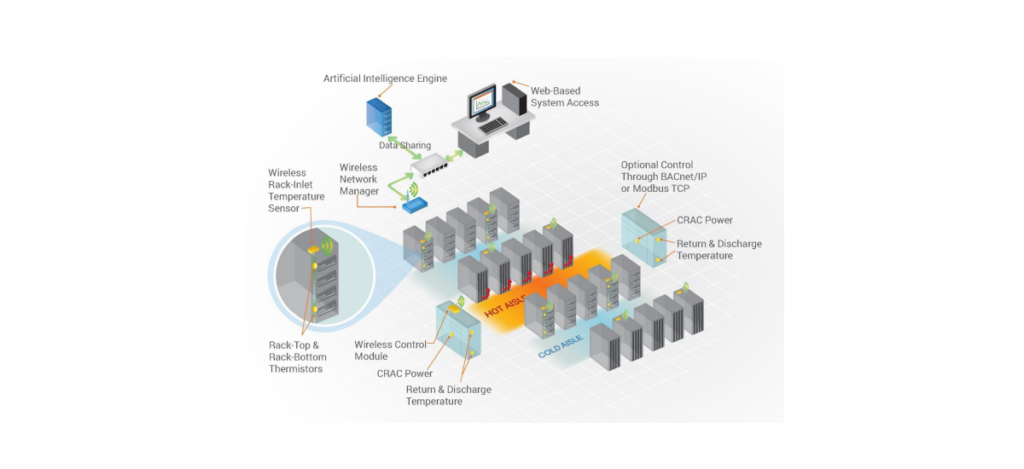
Challenges in Data Center Infrastructure
- Scalability
As data volumes continue to grow exponentially, data centers must scale their infrastructure to accommodate increasing demands for compute, storage, and networking resources. Scalability challenges arise in both vertical (adding more resources to existing systems) and horizontal (expanding across multiple physical locations) dimensions, requiring careful planning and investment in scalable architectures.
- Energy Efficiency
Data centers consume vast amounts of energy to power and cool their infrastructure, contributing to environmental concerns and operational costs. Energy efficiency initiatives, including advanced cooling techniques, server consolidation, and renewable energy adoption, are essential to mitigate the environmental impact and enhance the sustainability of data center operations.
- Security and Compliance
Data centers are prime targets for cyber threats and attacks due to the sensitive nature of the data they store and process. Security measures such as encryption, access controls, and intrusion detection systems are critical to safeguarding data against unauthorized access and breaches. Compliance with regulatory requirements such as GDPR (General Data Protection Regulation) and HIPAA (Health Insurance Portability and Accountability Act) adds an additional layer of complexity to data center security and governance.
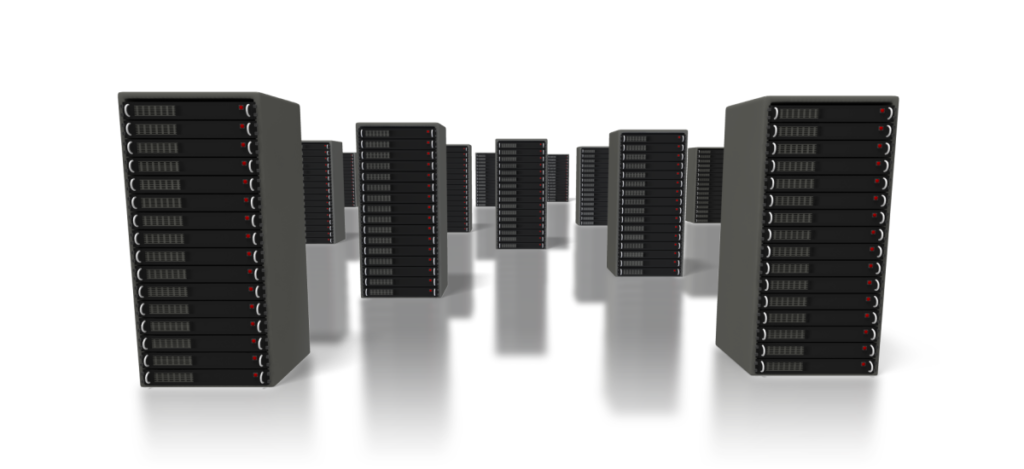
Future Trends and Prospects
- Edge Computing
The proliferation of Internet of Things (IoT) devices and real-time applications is driving the adoption of edge computing, which brings data processing closer to the point of generation. Edge data centers, located at the network edge, enable low-latency processing and reduced bandwidth usage, catering to latency-sensitive applications such as autonomous vehicles and augmented reality.
- AI and Automation
Artificial intelligence (AI) and machine learning (ML) technologies are increasingly being integrated into data center operations to optimize resource allocation, improve energy efficiency, and enhance security. AI-powered analytics and automation tools enable predictive maintenance, proactive fault detection, and autonomous management of data center infrastructure, paving the way for self-healing and self-optimizing data centers.
- Quantum Computing
The emergence of quantum computing holds the potential to revolutionize data center infrastructure by enabling exponential gains in processing power and solving complex problems beyond the capabilities of classical computers. Quantum data centers, equipped with quantum processors and quantum networking technologies, promise to unlock new frontiers in cryptography, optimization, and scientific research.
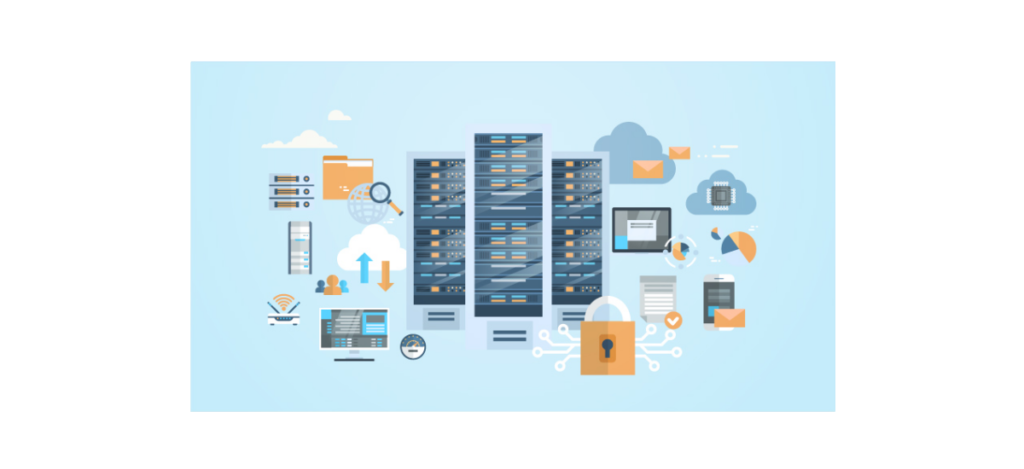
Conclusion
Data center infrastructure lies at the intersection of hardware, software, and networking, serving as the foundation for the digital economy. As data volumes continue to soar and technological advancements accelerate, data centers must evolve to meet the evolving demands for performance, scalability, and security. By embracing emerging technologies such as edge computing, AI, and quantum computing, data centers can unlock new capabilities and drive innovation in the digital era. As the heart of modern computing, data center infrastructure will continue to shape the future of technology and society for years to come.
If you have any further questions or interest in Data Center Infrastructure, please don’t hesitate to contact us at HOLIGHT. Our website provides comprehensive passive product information and resources to assist you in finding the solutions you need for your data center needs. We look forward to assisting you in any way we can. Visit us at HOLIGHT today!



